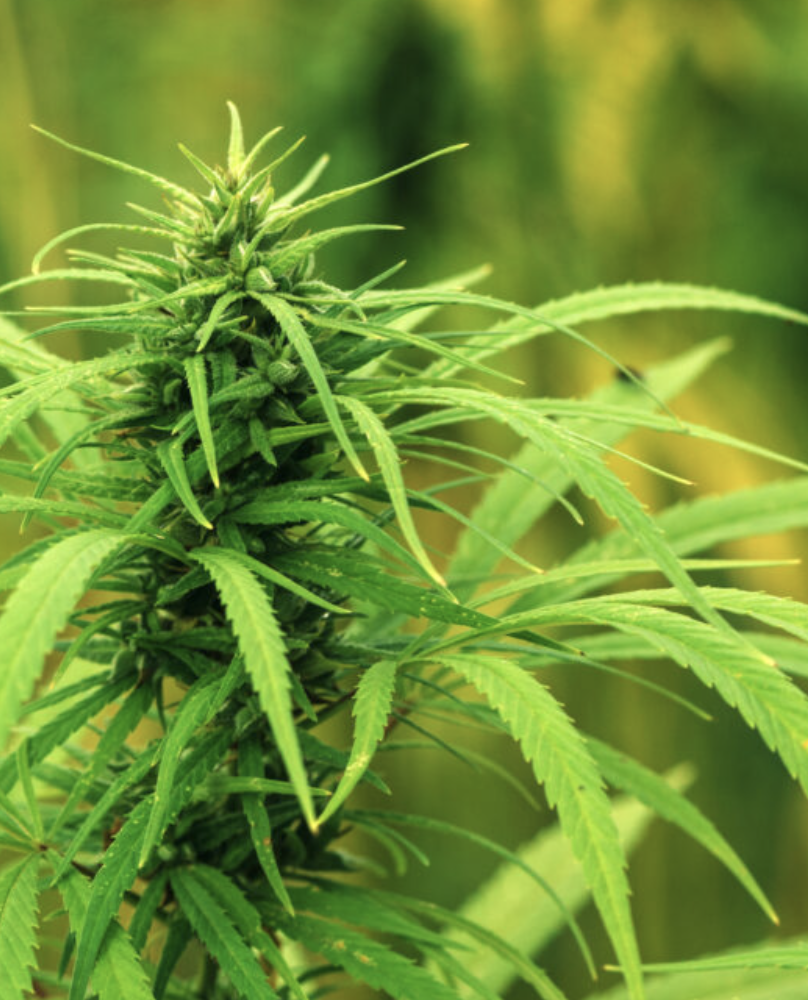11.21.2025
Sausage casings bulletin, November 21, 2025

...

The Jacobsen spoke with a number of producers at the Southeastern Hemp Expo in Nashville, TN last weekend. It is astounding how much hemp is being grown on speculation. Tennessee has upwards of 25,000 acres planted this year, almost exclusively for CBD. Tennessee permitted over 35,000 acres this year, increasing from less than 300 permittees to over 6000. This represents more growers than Oregon and Colorado combined. Much of this is to do with a favorable regulatory environment, but land and infrastructure access also drives this trend.
One producer lamented that there were three unsigned “contracts” sitting on his desk, but none guaranteed pricing, using language that instead references “market conditions” at harvest. There is nothing binding in these forward contracts, they are essentially Letters of Intent from processors that are betting prices will drop significantly over the coming months. Well intentioned processors may find it impossible to honor these forward contracts this year, a repeat of last year’s post-harvest scenario.
Advertisements for large amounts of hemp biomass around the $2/ %CBD are increasing as the harvest season commences. Growers advertise these forward contracts as “futures contracts” more often than not. Producer relationships with processors is key this year. This forward pricing has an influential role in current spot pricing, but the market remains fractured and disorganized overall.
Harvest is underway in all hemp growing areas. Yields and quality vary by region, but there are no comprehensive standards for quality beyond moisture content and CBD percentage indicated in the Certificate of Analysis (COA). Southeastern hemp sees far more pest and disease pressure in a heavy rainfall year like 2019. Fungal diseases are prevalent, and large, dense flowers on plants bred for Oregon’s dry climate are developing mold on the insides, compounded by frass buildup from caterpillars like corn borers.
Growers insist that the extraction process will remediate mold damage, so that minor mold problems may not affect pricing. It’s hard to imagine that processors will not add some rigor to their standards when buying biomass this year. Up to this year, the market was all demand, and many extractors purchased what they could find. This year, products will be scrutinized more and discounted more for biomass with excessive foreign material, moisture, or biomass lacking overall visual quality or “nose”.
A common strategy for producers is to convert as much biomass as possible into CBD oil. CBD oil is shelf stable and takes far less space to store. This will encourage “share” arrangements, when processors take half the output for payment. If large quantities of biomass are processed in September and early October, the Jacobsen expects downward price pressure on crude oil, and other refined products like distillate and isolate.
Cooperative marketing programs are coalescing in hemp country. A well-managed program will be attractive to large buyers that need a steady supply of material. Online marketplaces continue to develop their offerings and add features to their platforms, and it’s not uncommon to hear people talk about developing clearinghouses. What the hemp industry lacks, is a functioning supply chain and an intermediary between producers and buyers. Hemp producing areas need the equivalent of a country grain elevator where farmers can harvest and deliver their crop and be done with it. New operations like this will accelerate standards and specifications development, drive production, and could be financially rewarding for operators that implement an effective model for storing and marketing commodity hemp. We’re beginning to see this unfold in cooperative marketing programs with central warehousing. There is an auction planned in Nashville, TN in November, which is purported to be North America’s largest live, international auction.